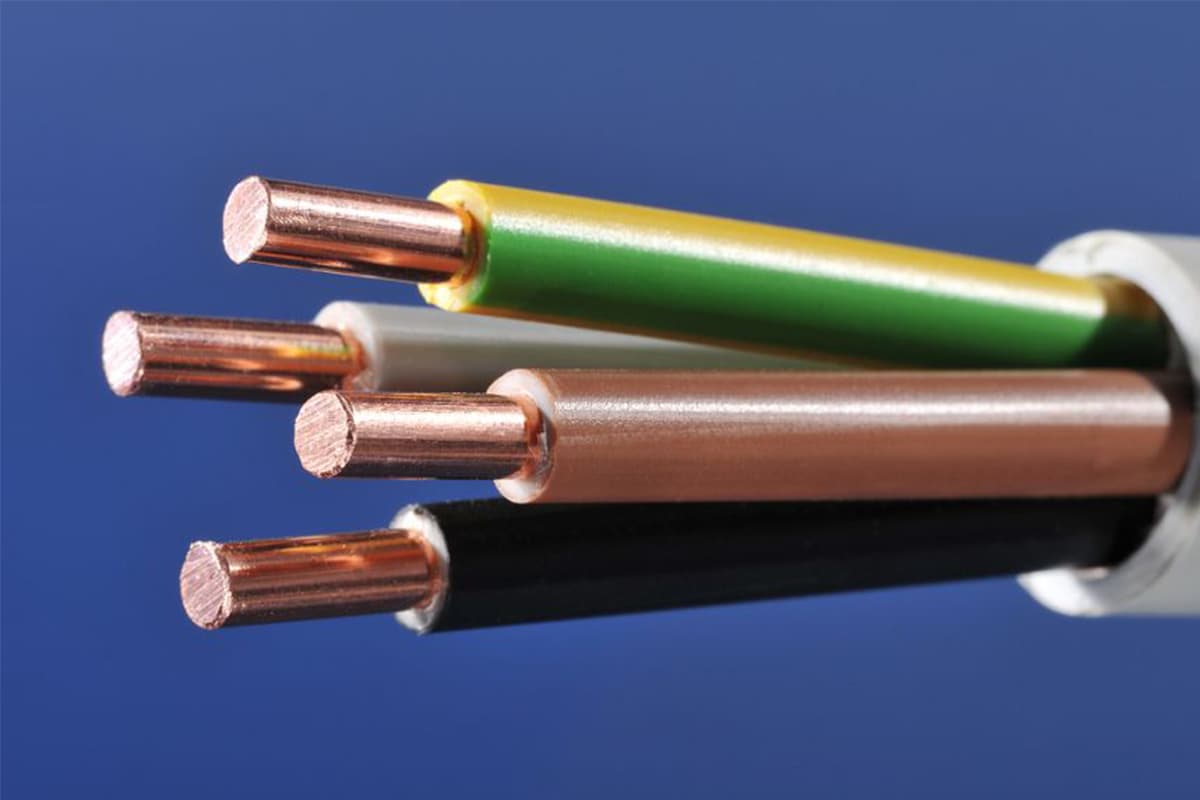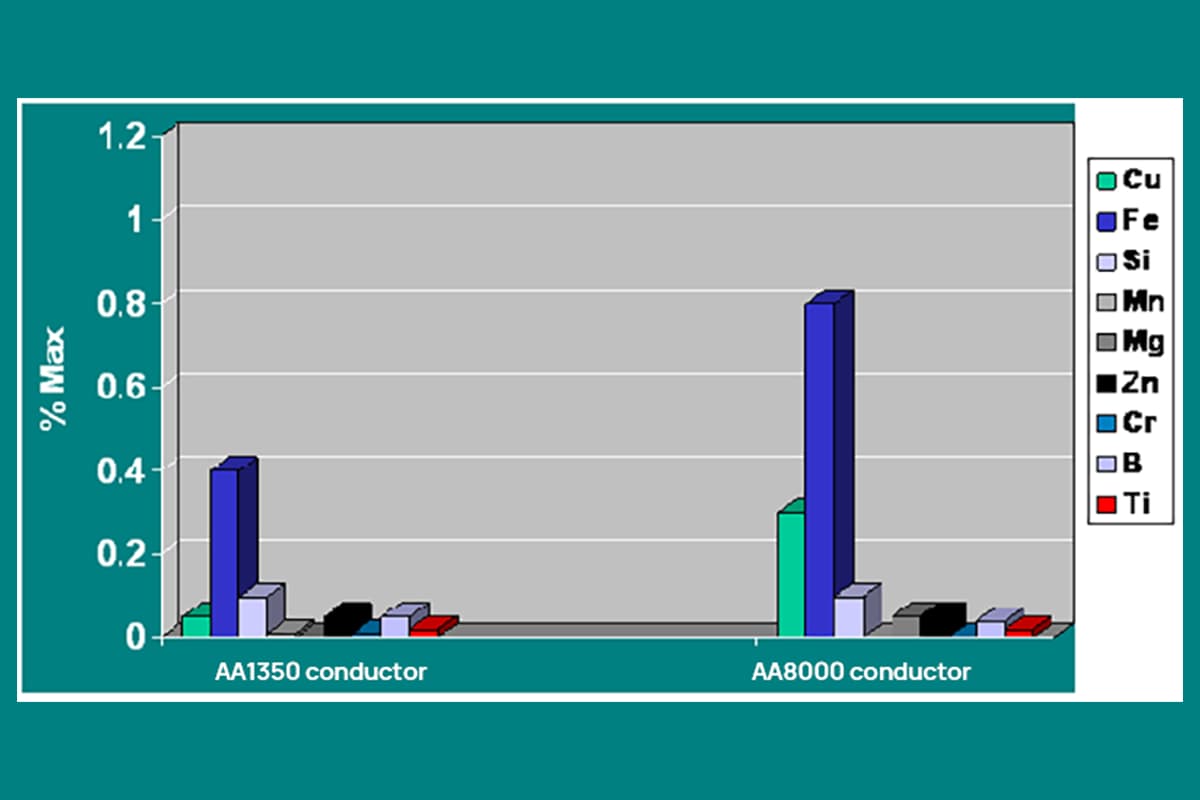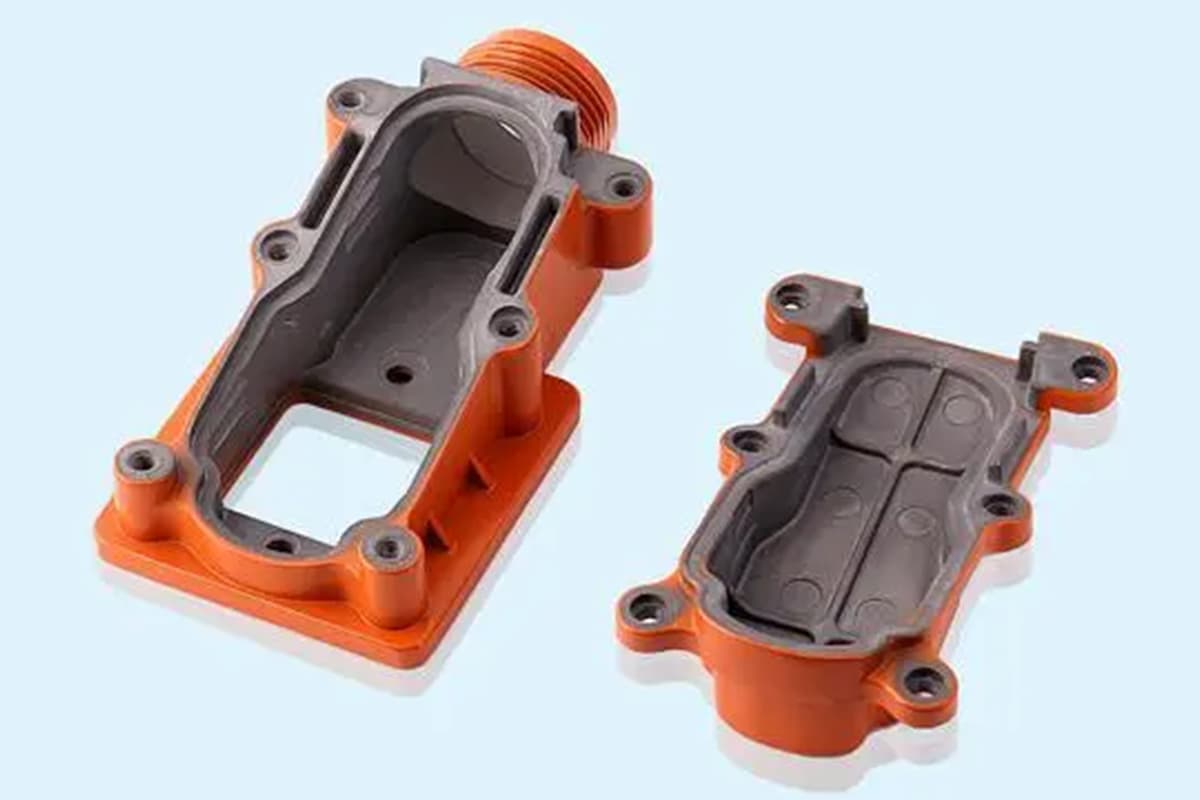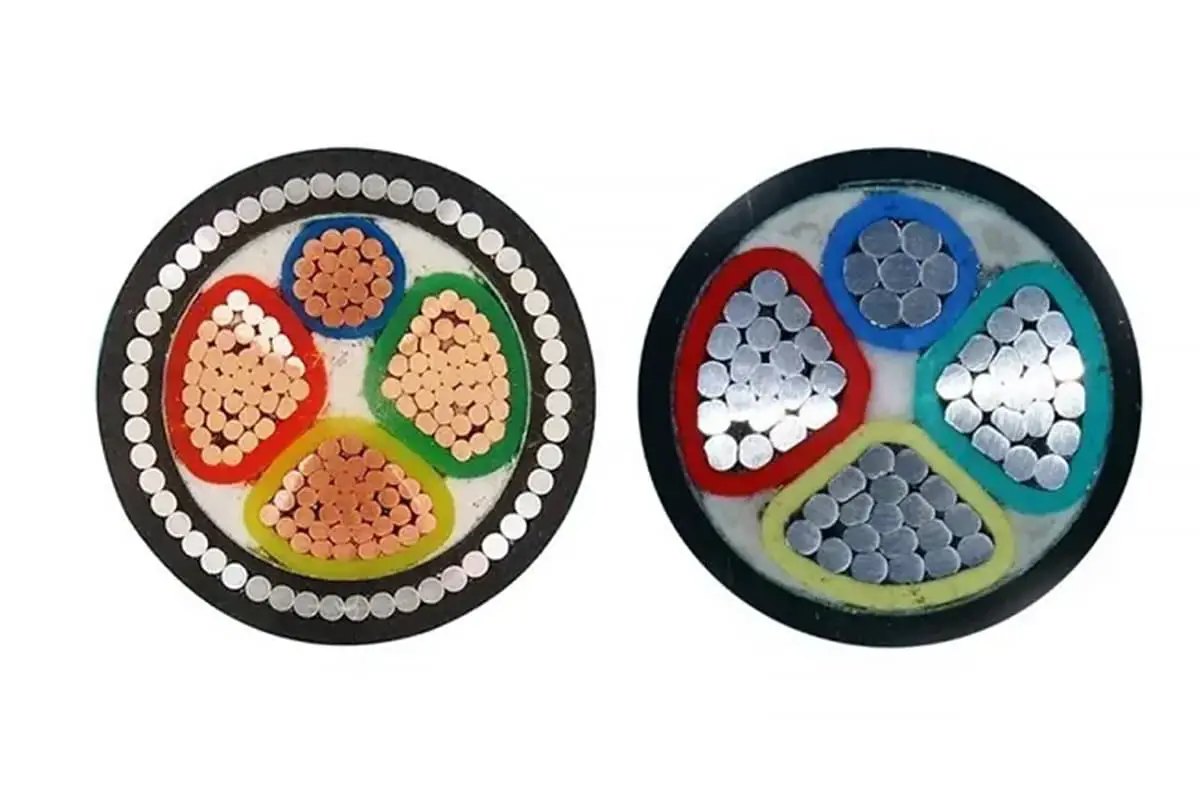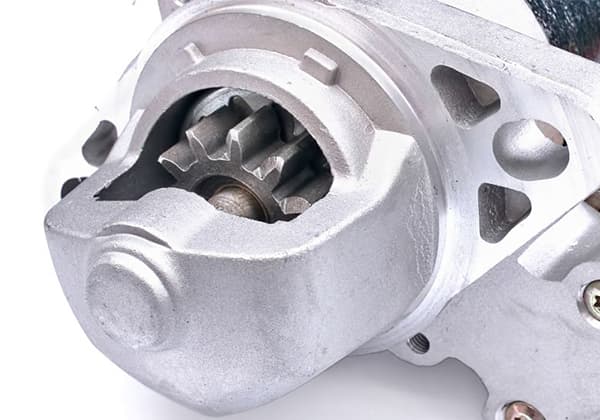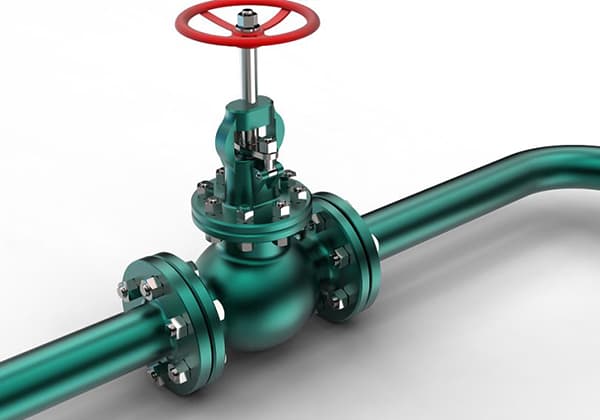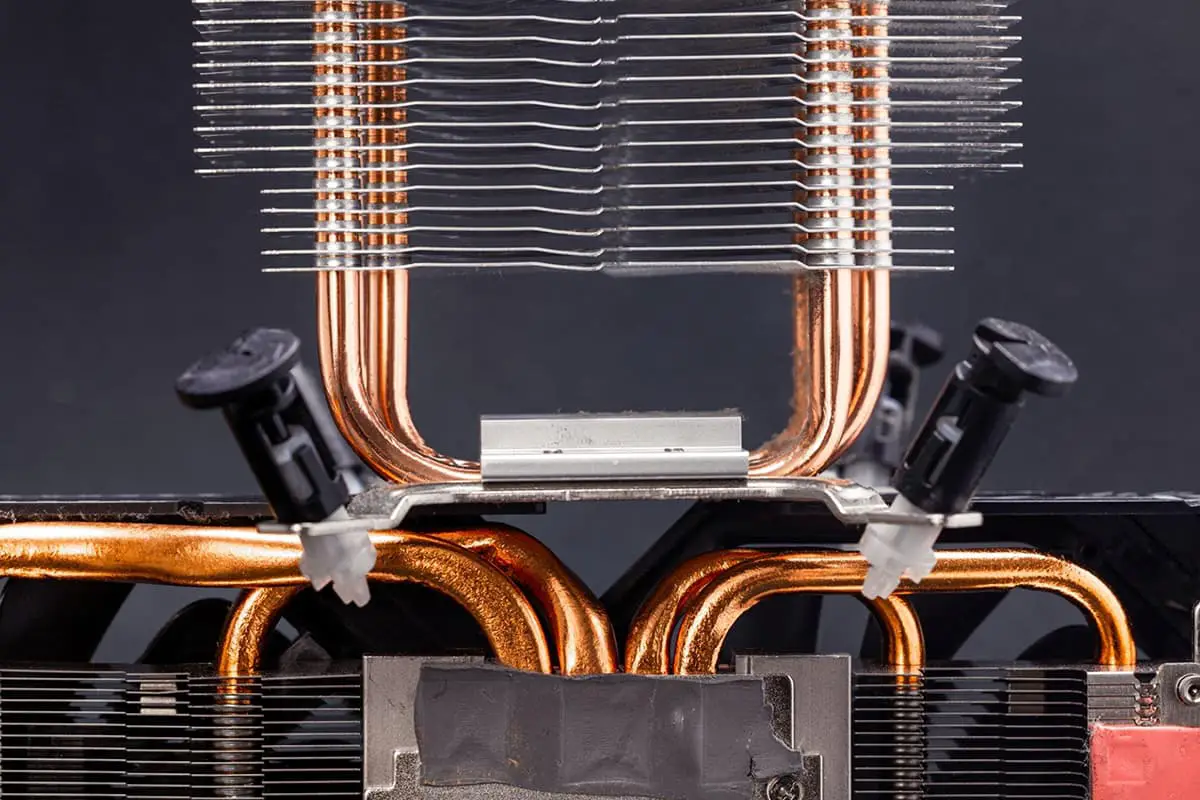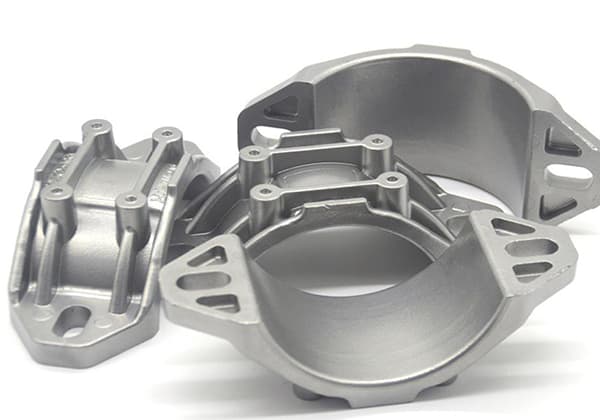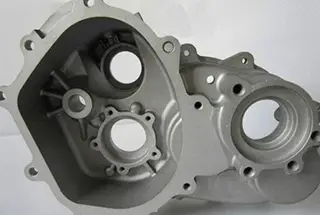
Ever wondered if aluminum bus bars can match the performance of copper while costing less? This article explores the key differences between aluminum and copper bus bars, comparing their conductivity, current density, impedance, voltage drop, temperature rise, and short-circuit performance. By reading, you’ll understand why aluminum bus bars can be a cost-effective alternative without compromising quality or safety. Dive in to learn how each material stands up in real-world applications, and what that means for your engineering projects.
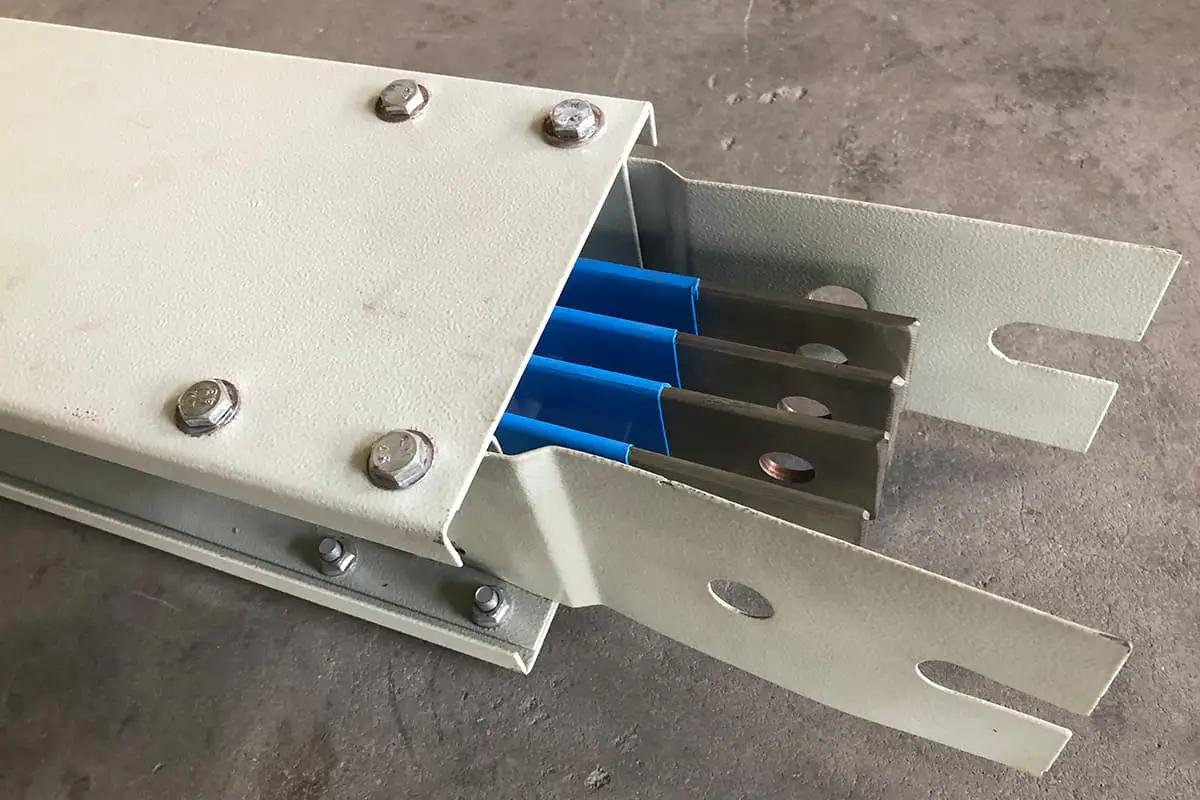
With the escalating prices of electrolytic copper materials, the cost of copper bus bars and electrical distribution systems in engineering projects has significantly increased. While copper bus bars currently dominate the market, there is a growing demand for cost-effective alternatives that maintain comparable performance.
Aluminum bus bars have emerged as a highly viable solution, offering excellent electrical and thermal properties at a considerably lower cost. These bus bars present a compelling alternative for engineers and project managers looking to optimize costs without sacrificing system reliability or efficiency.
Currently, the unit price of aluminum bus bars is approximately 50% that of copper, making them an attractive option for substantial cost reduction in electrical distribution systems. This price difference is particularly significant in large-scale projects where the total length of bus bars can be extensive.
However, it’s crucial to note that the selection between copper and aluminum bus bars should not be based solely on cost. Factors such as conductivity, thermal expansion, weight, and specific application requirements must be carefully considered. Aluminum’s lower conductivity compared to copper (about 61% that of copper) is often offset by using a larger cross-sectional area, which can still result in overall cost savings.
This article aims to provide a comprehensive analysis of our aluminum bus bar performance, detailing their electrical, mechanical, and thermal characteristics. We will explore how these properties compare to traditional copper bus bars and discuss the specific applications where aluminum bus bars excel. By the end of this overview, users will have a thorough understanding of the benefits and considerations associated with implementing aluminum bus bars in their electrical systems.

Our copper bus bars exhibit exceptional conductivity of 99.98%, significantly surpassing the industry standard range of 52% to 85%. This superior conductivity ensures optimal electrical performance and energy efficiency in power distribution systems.
To further enhance safety and current-carrying capacity, our bus bars feature an enlarged cross-sectional area. This design choice not only improves thermal management but also provides a higher safety factor, crucial for high-current applications.
Recognizing the economic and weight considerations in certain projects, we offer aluminum bus bars as a cost-effective alternative. These aluminum variants boast a conductivity of ≥61%, which, while lower than our copper options, is comparable to some market-available copper bus bars. To compensate for aluminum’s inherently lower conductivity, we have increased the cross-sectional area of these bus bars proportionally.
This strategic design ensures that the current-carrying capacity and overall safety performance of our aluminum bus bars remain on par with their copper counterparts. The increased cross-sectional area not only maintains electrical efficiency but also enhances heat dissipation, critical for long-term reliability in electrical systems.
By offering both high-conductivity copper and optimized aluminum options, we provide versatile solutions that cater to diverse project requirements, balancing performance, cost, and weight considerations without compromising on safety or electrical efficiency.
Comparison of current density between aluminum and copper conductors (Unit: A/mm2)
| Electric Current/Materials | 1600A | 1600A~3150A | 3150A~5000A |
| Aluminum | 2~1.5 | 1.6~1.5 | 1.5~1.15 |
| Copper | 2.5~1.78 | 1.78~1.67 | 1.67~1.59 |
Analysis of Load Current under Equal Weight Conditions:
The density of aluminum is 2.7 grams per cubic centimeter, while that of copper is 8.9 grams per cubic centimeter.
Copper’s density is approximately 3.3 times that of aluminum. Thus, under equal weight, the load current of aluminum significantly exceeds that of copper.
For instance, in a 1600A scenario, the load current of aluminum per unit weight is 2.67 times that of copper. This substantially reduces the weight of the busbar, benefiting in easing the building load and facilitating installation in construction.
The impedance values for H-P type aluminum or copper conductors used for 3-phase 50Hz or 60Hz AC power are as follows:
Unit: ×10-4Ω/m
| Rated Current(A) | 50Hz | 60Hz | |||||
| R(Ω/m) | X(Ω/m) | Z(Ω/m) | R(Ω/m) | X(Ω/m) | X(Ω/m) | ||
| COPPER | 600 | 0.974 | 0.380 | 1.045 | 0.977 | 0.456 | 1.078 |
| 800 | 0.784 | 0.323 | 0.848 | 0.789 | 0.387 | 0.879 | |
| 1000 | 0.530 | 0.235 | 0.580 | 0.536 | 0.282 | 0.606 | |
| 1200 | 0.405 | 0.185 | 0.445 | 0.412 | 0222 | 0.468 | |
| 1350 | 0.331 | 0.152 | 0.364 | 0.338 | 0.183 | 0.384 | |
| 1500 | 0.331 | 0.152 | 0.364 | 0.338 | 0.183 | 0.384 | |
| 1600 | 0.282 | 0.129 | 0.311 | 0.289 | 0.155 | 0.328 | |
| 2000 | 0.235 | .0.107 | 0.259 | 0.241 | 0.128 | 0,273 | |
| 2500 | 0.166 | 0.076 | 0.182 | 0.169 | 0.091 | 0.192 | |
| 3000 | 0.141 | 0.065 | 0.155 | 0.144 | 0.078 | 0.164 | |
| 3500 | 0.123 | 0.056 | 0.135 | 0.127 | 0.068 | 0.143 | |
| 4000 | 0.110 | 0.051 | 0121 | 0.113 | 0.061 | 0.126 | |
| 4500 | 0.094 | 0.043 | 0.104 | 0.096 | 0.052 | 0.109 | |
| 5000 | 0.082 | 0.038 | 0.091 | 0.084 | 0.045 | 0.096 | |
| ALUMINUM | 600 | 1.257 | 0.323 | 1.297 | 1.385 | 0.387 | 1.438 |
| 800 | 0.848 | 0.235 | 0.879 | 0.851 | 0.282 | 0.896 | |
| 1000 | 0.641 | 0.185 | 0.667 | 0.645 | 0.222 | 0.682 | |
| 1200 | 0.518 | 0.152 | 0.540 | 0.523 | 0.183 | 0.554 | |
| 1350 | 0.436 | 0.129 | 0.454 | 0.443 | 0.155 | 0.469 | |
| 1500 | 0.378 | 0.113 | 0.394 | 0.386 | 0.135 | 0.409 | |
| 1600 | 0.360 | 0.107 | 0.375 | 0.367 | 0.128 | 0.389 | |
| 2000 | 0.286 | 0.084 | 0.298 | 0.293 | 0.101 | 0.310 | |
| 2500 | 0.218 | 0.065 | 0.228 | 0.221 | 0.078 | 0.235 | |
| 3000 | 0.180 | 0.054 | 0.188 | 0.184 | 0.064 | 0.195 | |
| 3500 | 0.143 | 0.042 | 0.149 | 0.146 | 0.051 | 0.155 | |
| 4000 | 0.126 | 0.038 | 0.131 | 0.129 | 0.045 | 0.136 | |
| 4500 | 0.120 | 0.036 | 0.125 | 0.122 | 0.043 | 0.130 | |
| 5000 | 0.095 | 0.028 | 0.099 | 0.098 | 0.034 | 0.103 | |
Taking 1600A as an example, the impedance of copper is: R: 0.282, X: 0.129, Z: 0.311.
The impedance of aluminum is: R: 0.360, X: 0.107, Z: 0.375. Unit: (10-4Ω/m).
As can be seen, the impedance of aluminum and copper is almost the same. Low impedance can increase transmission distance and enhance the delivery of effective signals.
In terms of voltage drop, the voltage drop of copper and aluminum is calculated by the following formula:
Voltage drop calculation △V = √3 I (Rcosφ+Xsinφ)
R=R95×(1+α{55×I/I0+20}2/1+75α)
For example, when cosφ=0.8:
| Voltage drop of aluminum (V/m) | Copper’s Voltage Drop (V/m) | |
| 1600A | 0.103 | 0.098 |
| 3150A | 0.096 | 0.092 |
| 5000A | 0.086 | 0.080 |
It can be seen that although the difference in voltage drop between aluminum and copper increases slightly with the growth of current, the difference is not very significant and will not affect normal use.
If the busbar length is 100 meters, then the difference between aluminum and copper for a 3150A busbar is 0.4V, which can be virtually ignored. Therefore, in terms of voltage drop, the performance of aluminum and copper is basically the same.
According to the certification from the China Compulsory Certification (CCC) department, our company’s busbar temperature rise performance complies with and significantly exceeds the national standards:
1600A Busbar:
The national standard stipulates that the maximum allowable temperature rise at the connection point is ≤70K.
3150A Busbar:
National standard for maximum allowable temperature rise: ≤70K
5000A Busbar:
National standard for maximum allowable temperature rise: ≤70K
These data demonstrate that our busbars not only comply with national standards but significantly outperform them, with temperature rises well below the maximum allowable limits. This superior performance indicates excellent thermal management and efficient current-carrying capacity.
A notable observation is the minimal temperature rise difference between our copper and aluminum busbars, ranging from only 2K to 4K across all amperage ratings. This narrow gap showcases the exceptional quality of our aluminum busbars, which exhibit thermal performance nearly equivalent to copper busbars.
The implications of this data are significant:
In conclusion, our company’s aluminum busbars demonstrate thermal performance on par with copper busbars and exceed the performance of many copper busbars available in the market. This achievement underscores our commitment to innovation and quality in busbar technology, offering customers high-performance, cost-effective solutions for their electrical distribution needs.
When a short-circuit fault occurs in the power supply circuit, the short-circuit current in the short-circuit circuit is several to hundreds of times larger than the rated current, often reaching several thousand amperes.
The short-circuit current passing through electrical equipment and conductors will inevitably generate a large electromotive force, and the temperature of the equipment may rise sharply, possibly damaging the busbar.
Therefore, the busbar must be able to withstand the short-circuit current required by the national standard.
After the CCC type test, the test results of the short-time withstand strength of our company’s aluminum busbars are as shown in the following table:
Comparison Table of Short Circuit Test Performance for Copper and Aluminum Busbars
| Materials/Test Current | Copper Busbar | Aluminum Busbar |
| 30KA | Parent Line: During a test with a current of 30KA and energization time of 1ms, the aluminum bus-bar did not suffer any damage or deformation from mechanical parts or insulators. Functional Unit: During a test with a current of 35KA and energization time of 1ms, the plug contacts showed no signs of fusion welding and there was no damage to mechanical or insulating parts. Neutral Bus-bar: With an 18KA current and energization time of 1ms, the aluminum bus-bar did not suffer any damage or deformation from mechanical parts or insulators. This completely complies with national standards. | Parent Line: With a test current of 30KA and electrification time of 1ms, the aluminum busbar sustained no mechanical or insulating part damage and deformation. Functional Unit: With a test current of 35KA and electrification time of 1ms, the plug contacts showed no signs of fusion welding, and there was no damage to mechanical and insulating parts. Neutral Line: At 18KA, with electrification time of 1ms, the aluminum busbar sustained no damage or deformation to any mechanical or insulating parts. This fully complies with the national standard regulations. |
| 65KA | Parent Line: During the test with a current of 65KA and a duration of 1ms, the aluminum busbar did not suffer any damage or deformation to any mechanical or insulating components. Functional Unit: During the test with a current of 35KA and a duration of 1ms, the plug contact did not exhibit any welding phenomena and there was no damage to any mechanical or insulating components. Neutral Line: At 39KA and a duration of 1ms, the aluminum busbar did not suffer any damage or deformation to any mechanical or insulating components. It fully complies with the national standard regulations. | Mother Line: The test current was 65KA, and the energization time was 1ms. The aluminum busbar was not damaged or deformed by any mechanical parts or insulating parts. Functional Unit: The test current was 35KA, and the energization time was 1ms. The plug contacts had no welding phenomenon, and no mechanical or insulating parts were damaged. Neutral Line: 39KA, the energization time was 1ms. The aluminum busbar was not damaged or deformed by any mechanical parts or insulating parts. It fully meets the provisions of national standards. |
| 80KA | Main Busbar: Test current is 80KA, the energizing time is 1ms, the aluminum busbar is undamaged and has no deformation from any mechanical parts and insulating parts. Functional Unit: Test current is 35KA, the energizing time is 1ms, the plug contact has no welding phenomenon, and there is no damage to any mechanical and insulating components. Neutral Busbar: 48KA, the energizing time is 1ms, the aluminum busbar is undamaged and has no deformation from any mechanical components and insulating parts. It fully complies with the national standard regulations. | Main busbar: Test current 80KA, electrifying time is 1ms, the aluminum busbar was not damaged or deformed by any mechanical parts and insulating parts. Functional Unit: Test current 35KA, electrifying time is 1ms, there was no welding phenomenon on the plug contact, and no mechanical or insulation parts were damaged. Neutral busbar: 48KA, electrifying time is 1ms, the aluminum busbar was not damaged or deformed by any mechanical parts and insulating parts. It fully complies with the regulations of the national standards. |
Our product fully complies with the national standard GB7251.2-2006. In this regard, copper and aluminum busbars share the same performance. Notably, our busbars underwent testing in Japan, where the test current was 240KA.
Consequently, the performance of our busbars not only meets national standards but also exceeds them. Thus, should a short circuit occur during usage, our busbars can withstand even harsher tests.
Aluminum, despite its widespread use in various industries, presents unique challenges when employed as an electrical conductor, particularly in high-humidity environments. Its susceptibility to corrosion stems from its electrochemical properties and interactions with atmospheric conditions. When exposed to humid air, especially above the critical humidity level of 65%, aluminum undergoes accelerated corrosion due to the formation of electrolytes from dissolved atmospheric gases.
The corrosion process is further exacerbated by galvanic reactions when aluminum contacts dissimilar metals, owing to differences in standard electrode potentials. Additionally, impurities within the aluminum can initiate localized microcell reactions, further compromising its integrity. As corrosion progresses, an oxide film forms on the aluminum surface, which, while potentially protective in some scenarios, can be problematic in electrical applications.
In power transmission systems, this oxide layer poses significant risks. During current flow, it can lead to increased contact resistance, resulting in localized heating at connection points. This thermal buildup not only reduces energy efficiency but also poses safety hazards, potentially leading to overheating, connection failure, or in extreme cases, electrical fires.
To mitigate these issues and harness aluminum’s advantageous properties – such as its lightweight nature and excellent conductivity – advanced surface treatment techniques have been developed. Our busbar systems employ a specialized tin plating process, which effectively addresses the inherent limitations of aluminum as a conductor. This innovative treatment creates a protective barrier that:
By implementing this tin plating technology, we’ve successfully expanded the application of aluminum in power transmission systems, offering a cost-effective and efficient alternative to traditional copper conductors. This approach not only extends the service life of aluminum busbars but also ensures safer and more reliable power distribution across various industrial and commercial applications.

